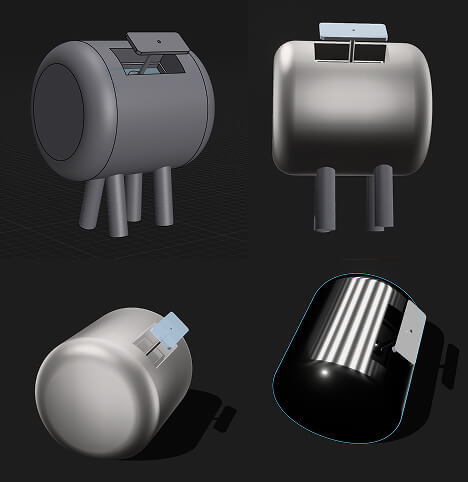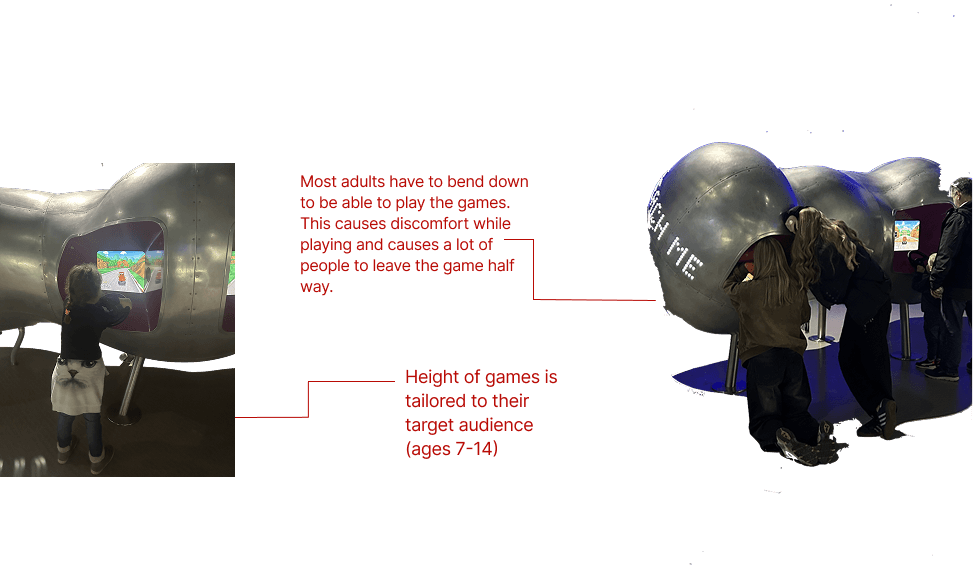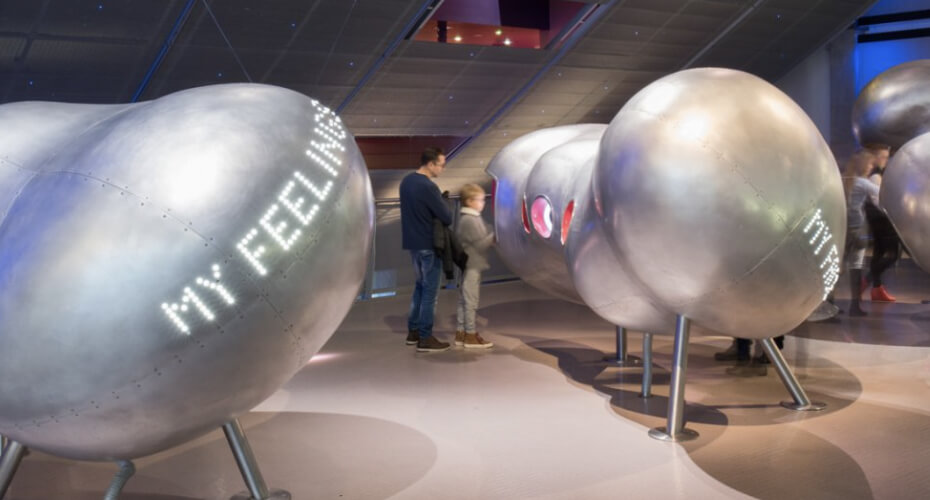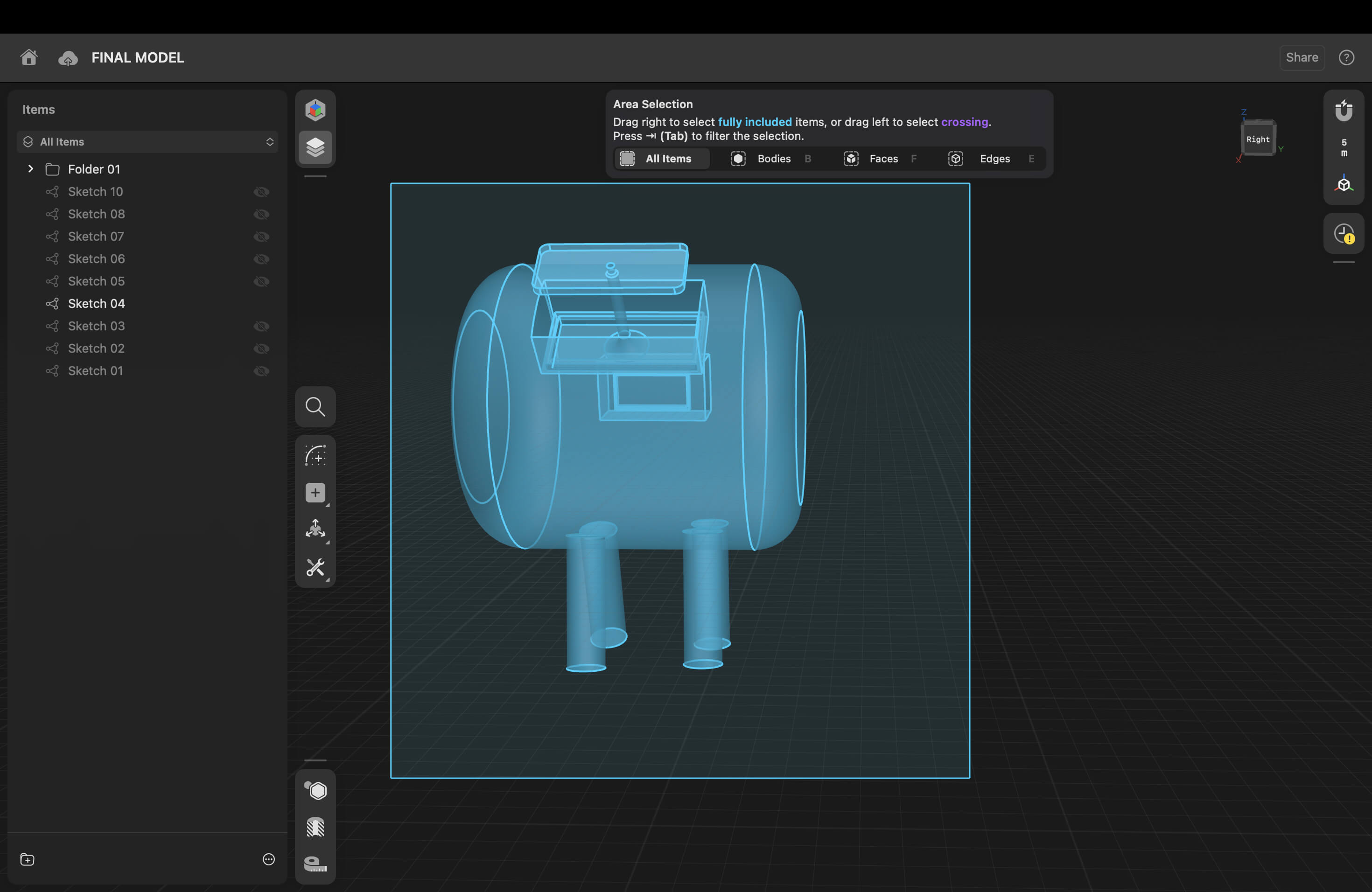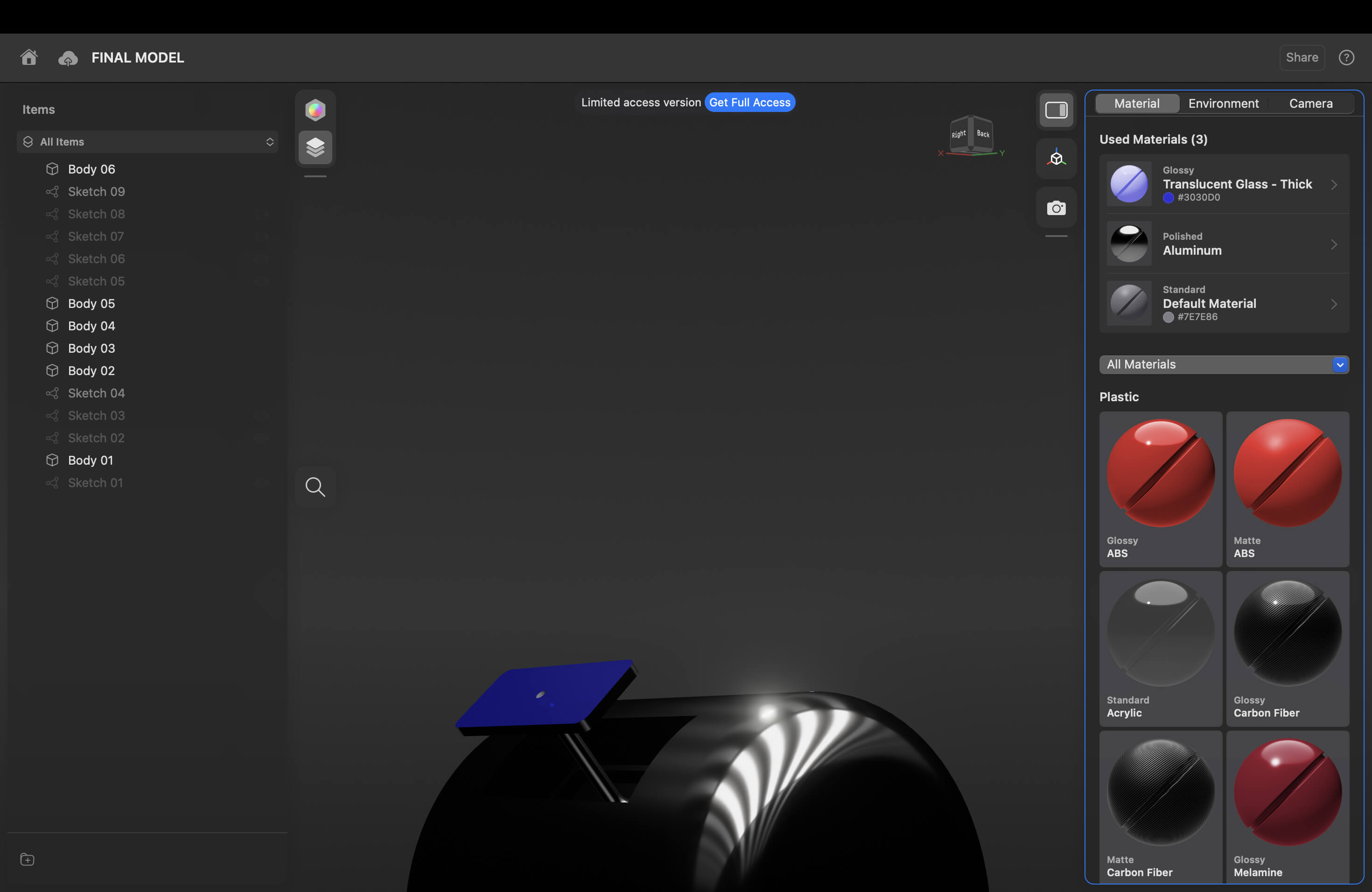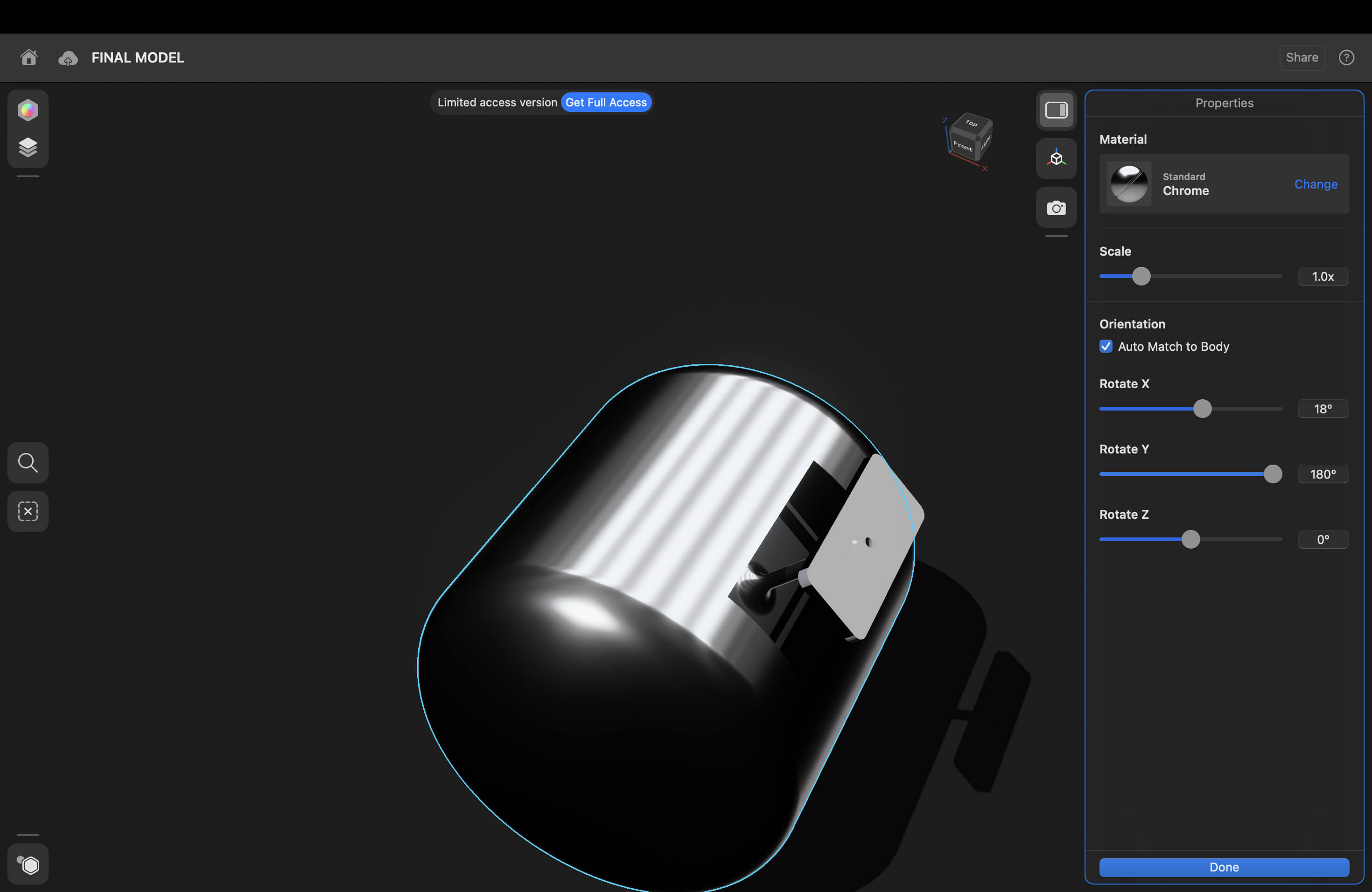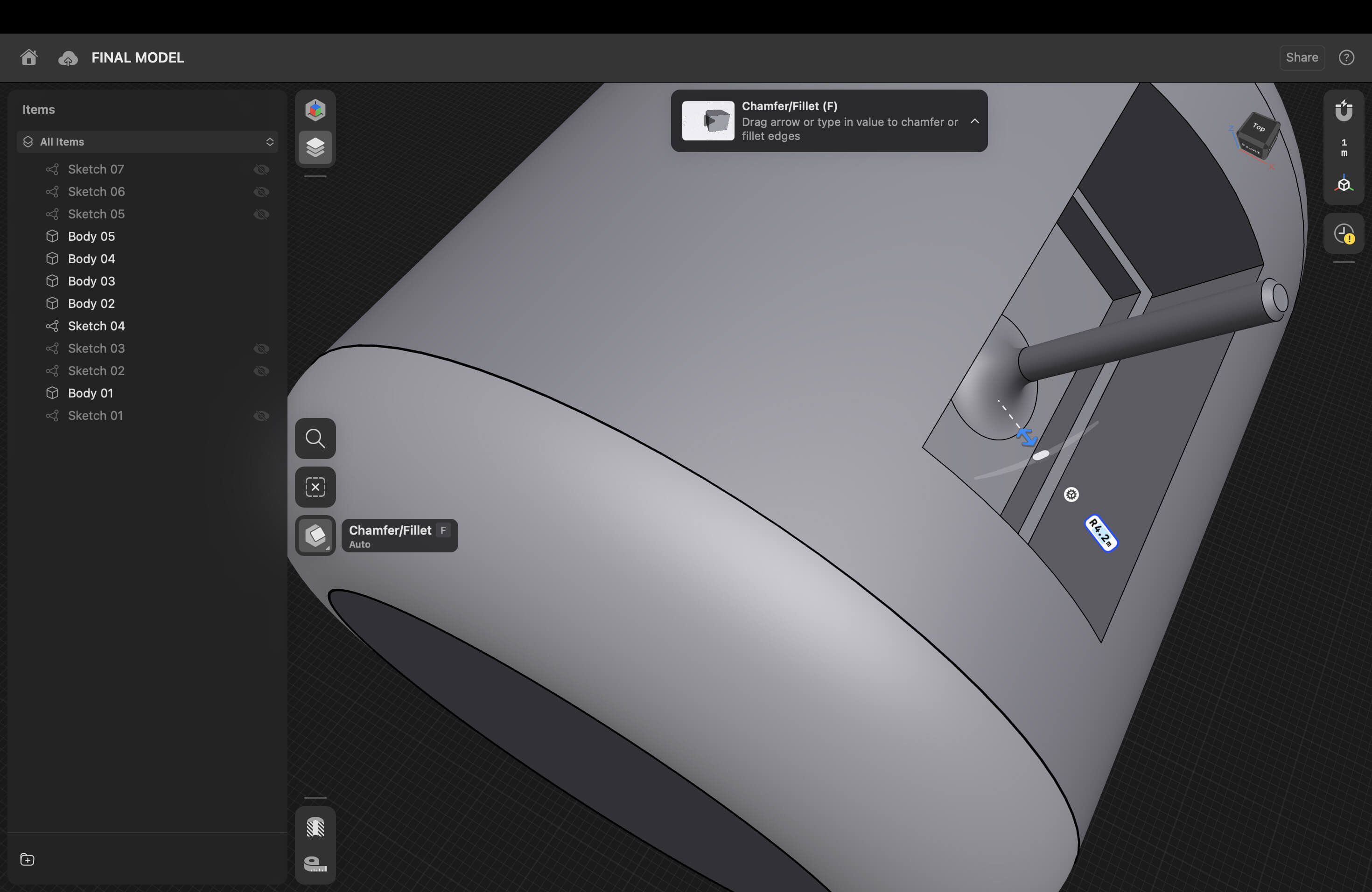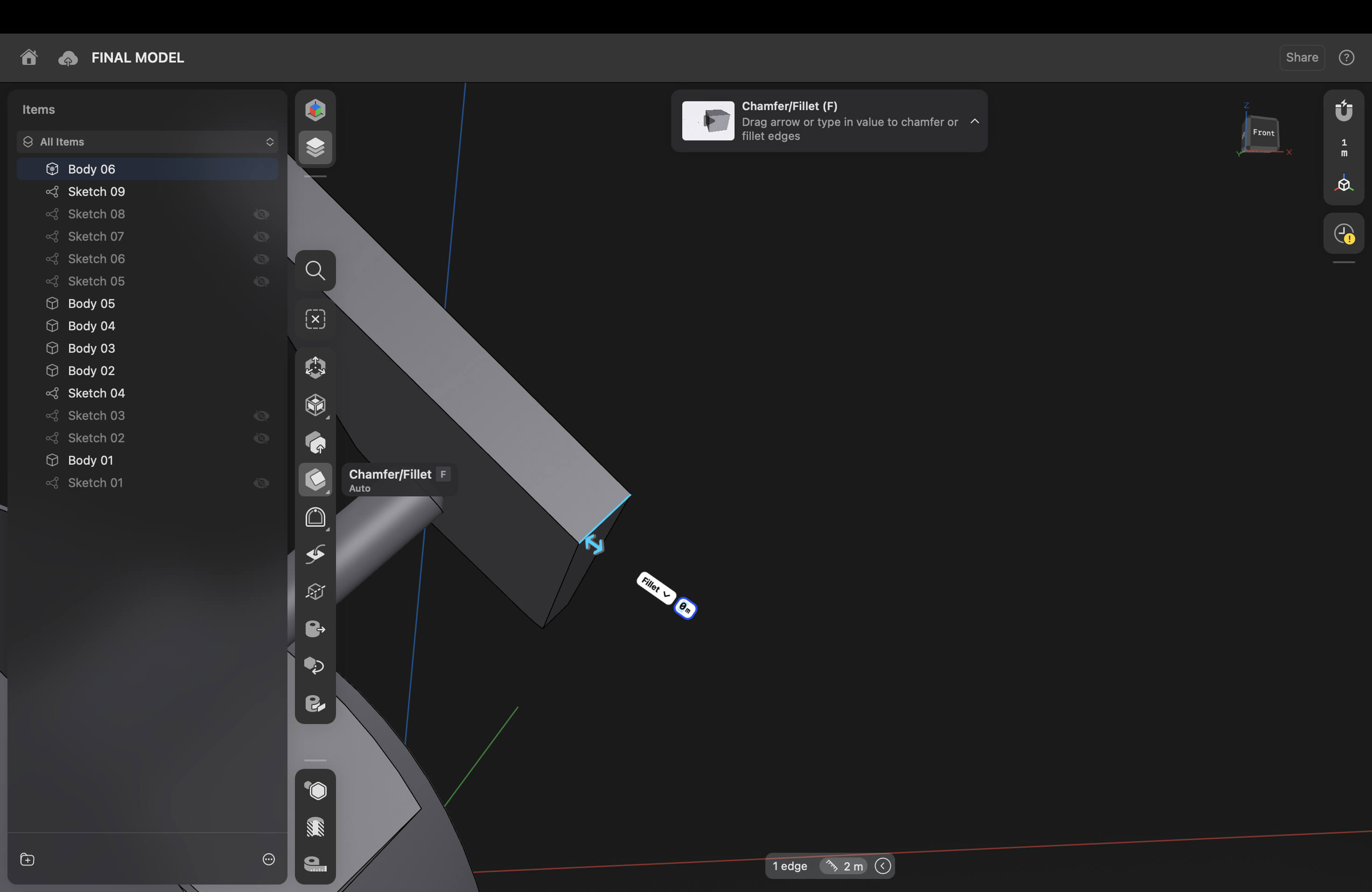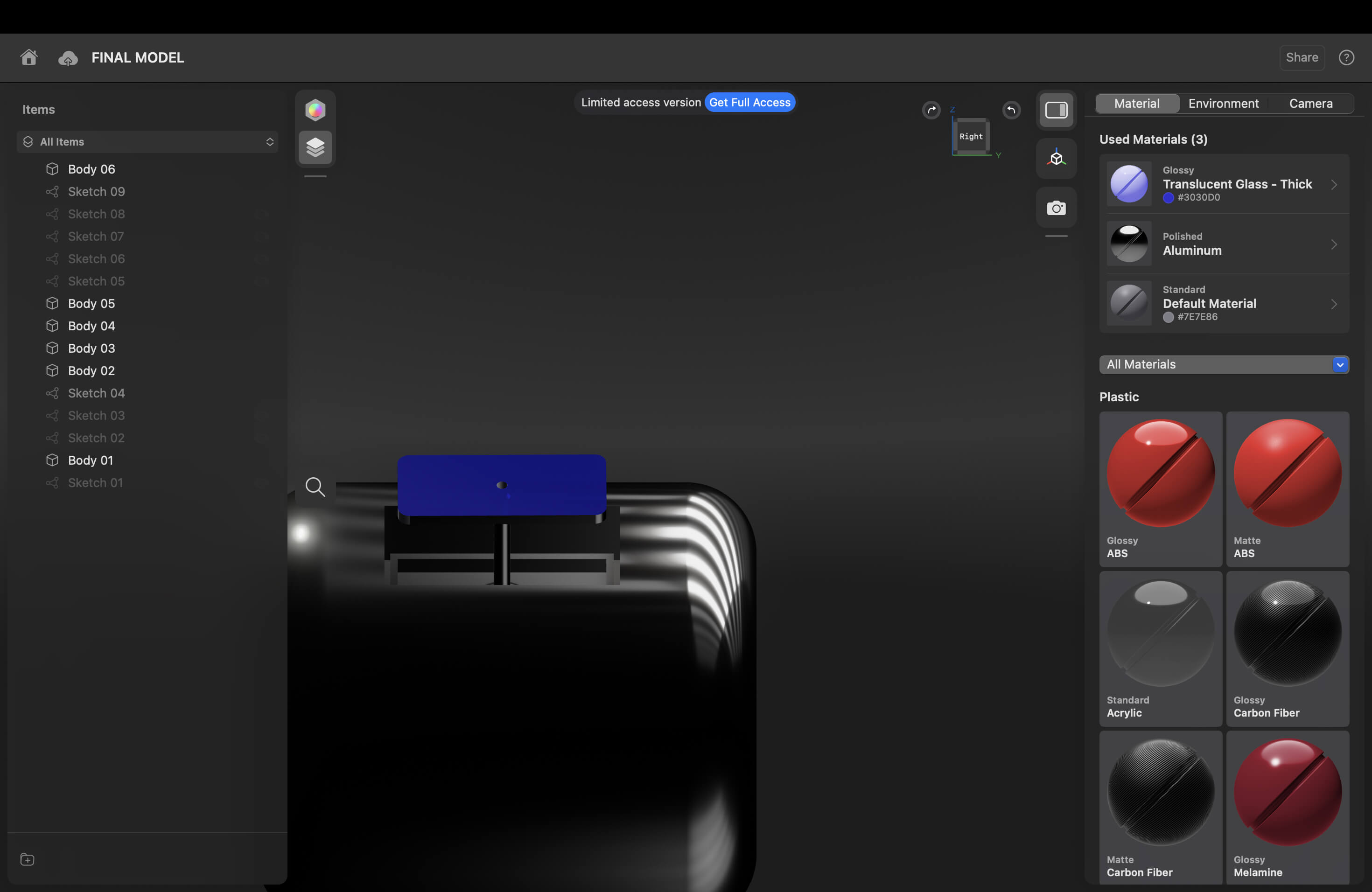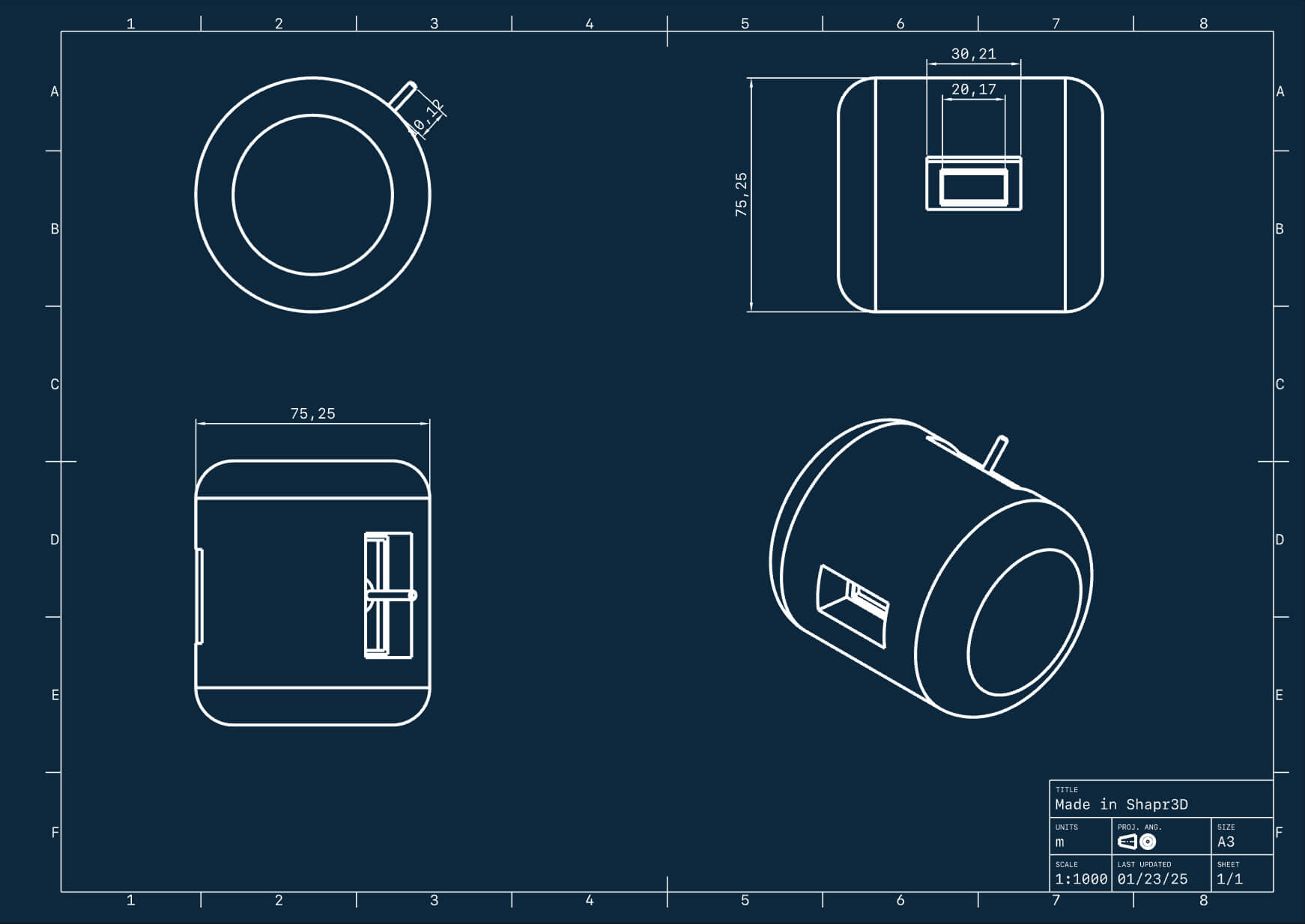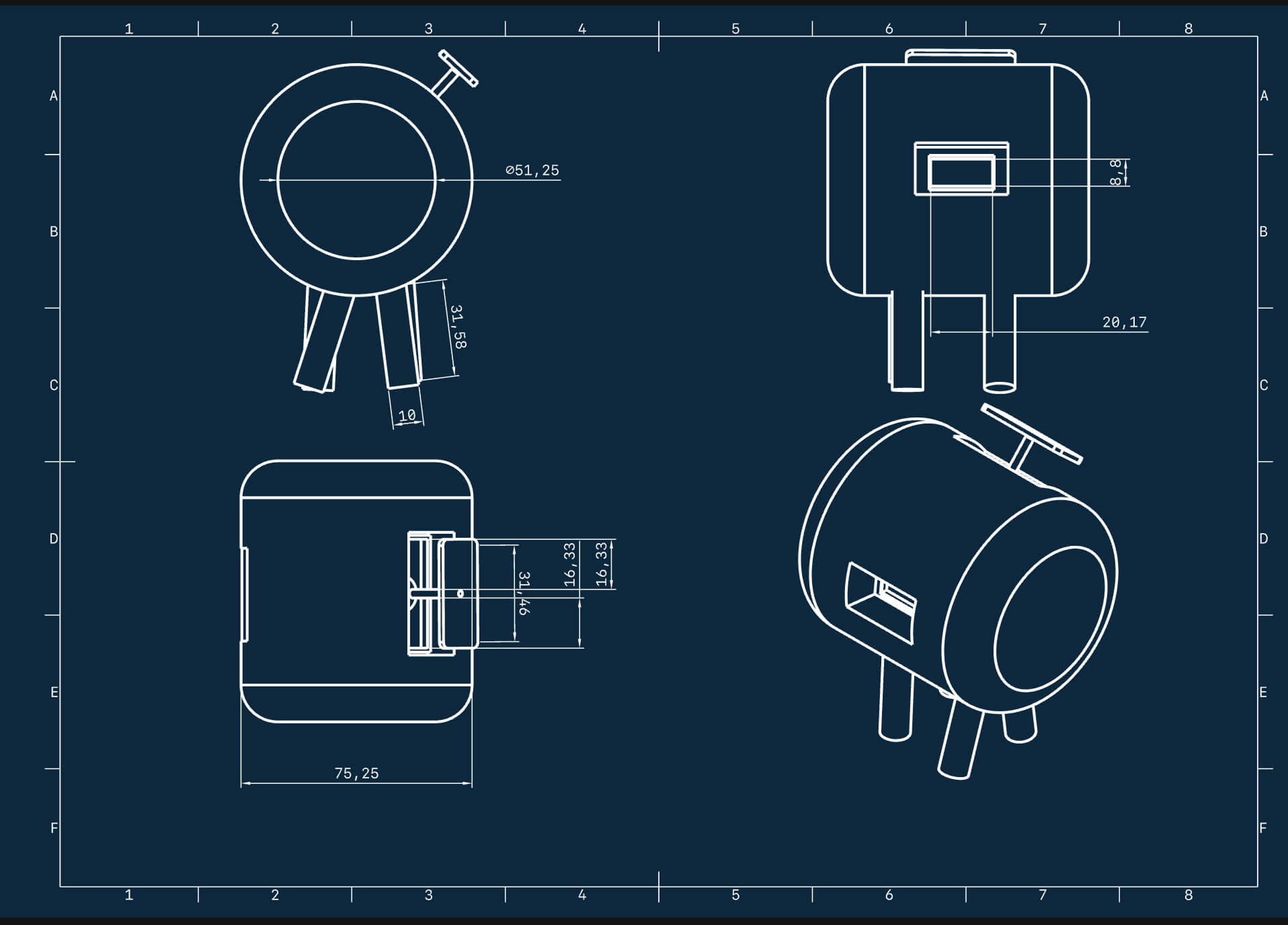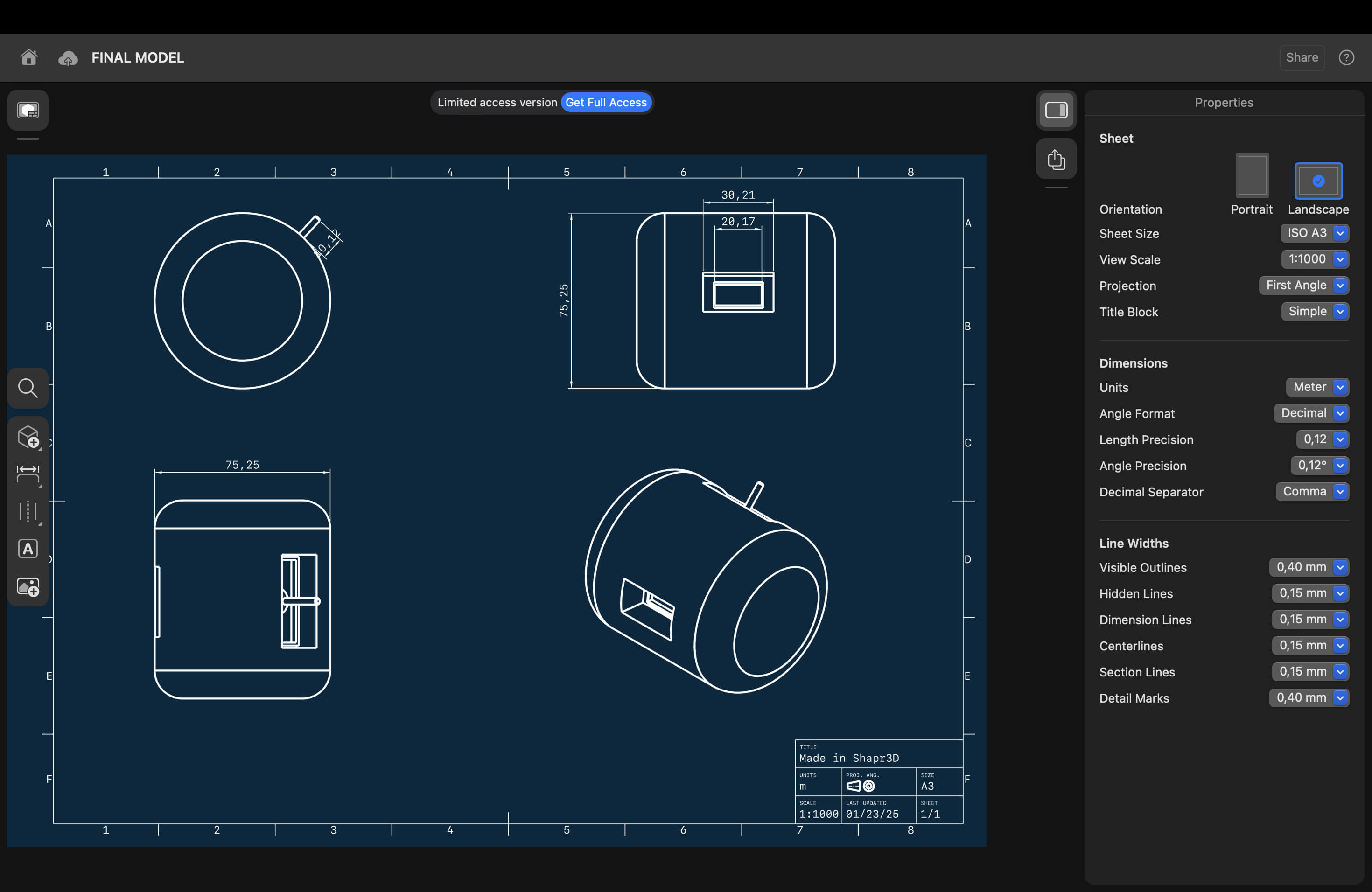
This is another university project brief that involved conducting user research observations at the Who Am I? exhibit, Science Museum London. It focuses on analysing user interactions, synthesising insights, and proposing design improvements.
This brief guides you to frame your design process as a case study—conducting secondary research and in-context user observations at the Science Museum London to define a problem space, generate insights, and propose informed design solutions. You’ll document your journey through research, synthesis, and solution development throughout the unit.
Before visiting the museum to do my I did a Literature Review (preparatory research). In my research I explored the Science Museum’s history, values, competitors and visitor data. I also looked into the specific exhibit “Who Am I?”.
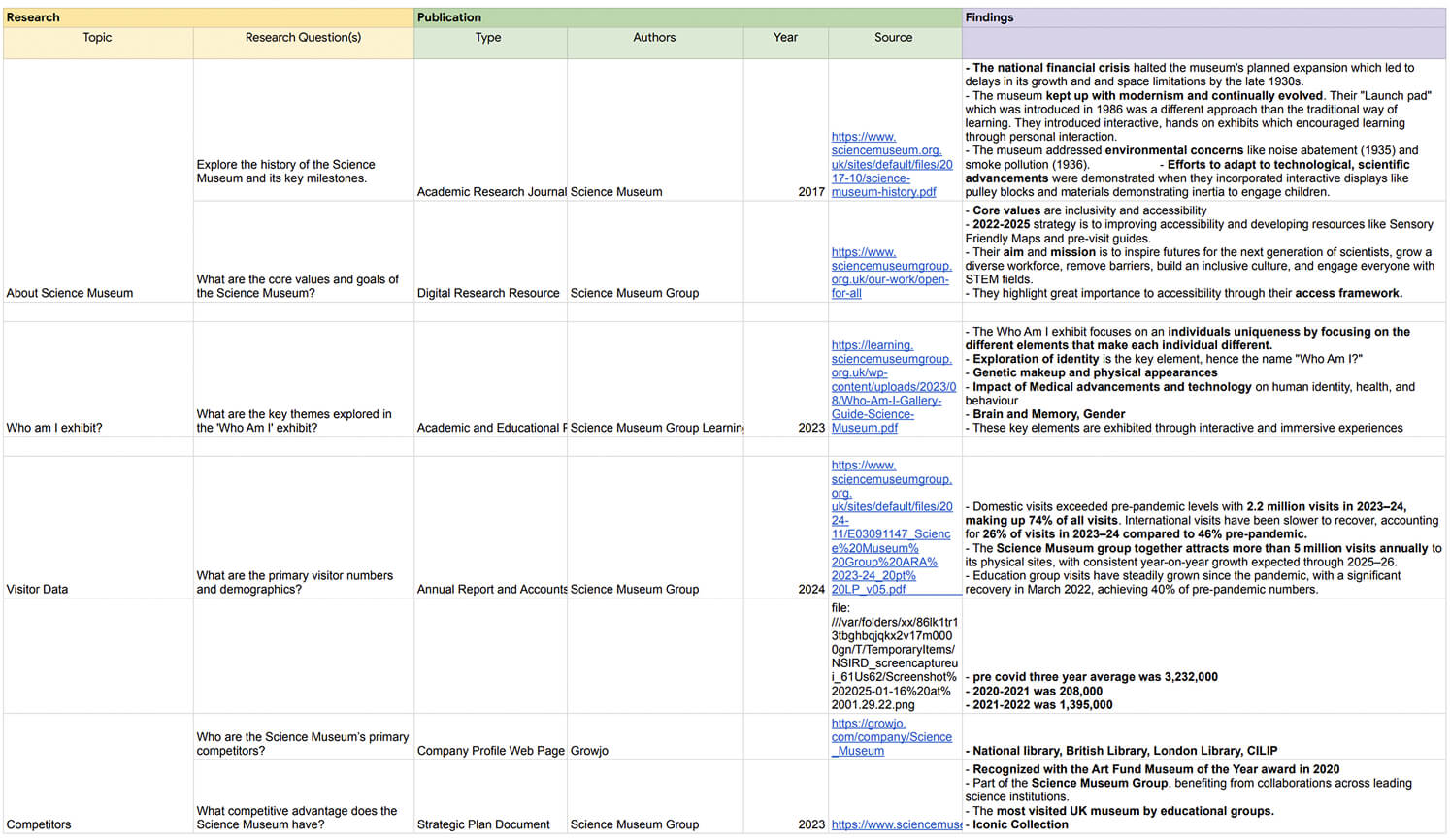
I conducted ethnographically inspired research using non-participant covert observation at the Who Am I? exhibit in the Science Museum London. This method allows observing individuals natural behaviour in real-world contexts without their knowledge or influence.







My research included three literature reviews—focusing on the Science Museum, UX in public spaces, and my research question, alongside exhibit layout diagrams and in-context user observations.
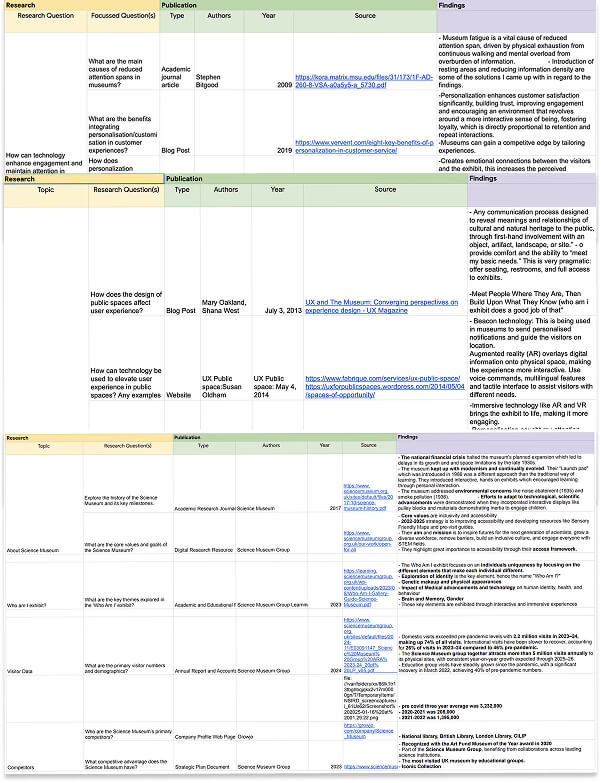

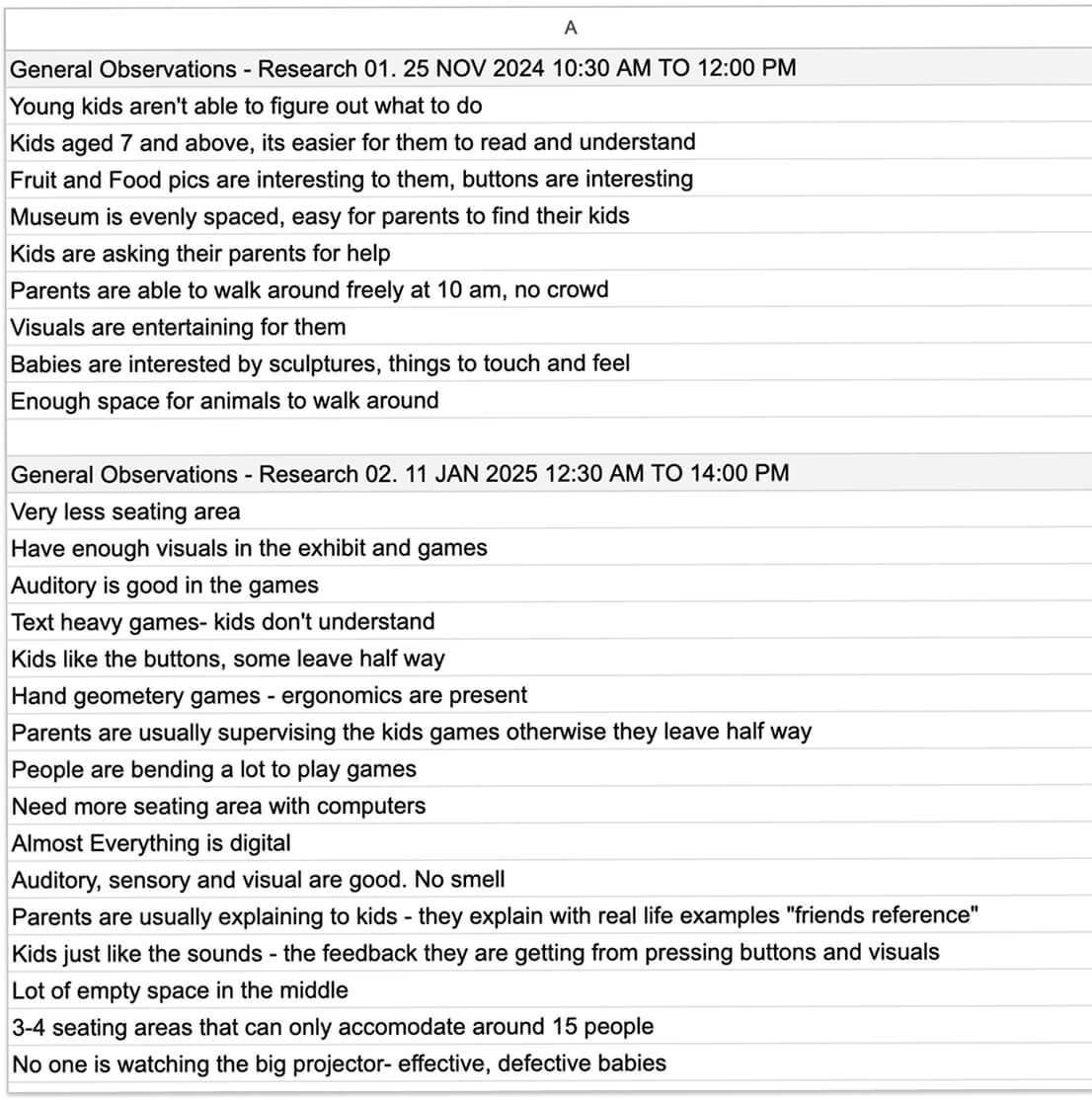
After collecting user observations, I categorised them into distinct groups and identified patterns and trends for qualitative data analysis.
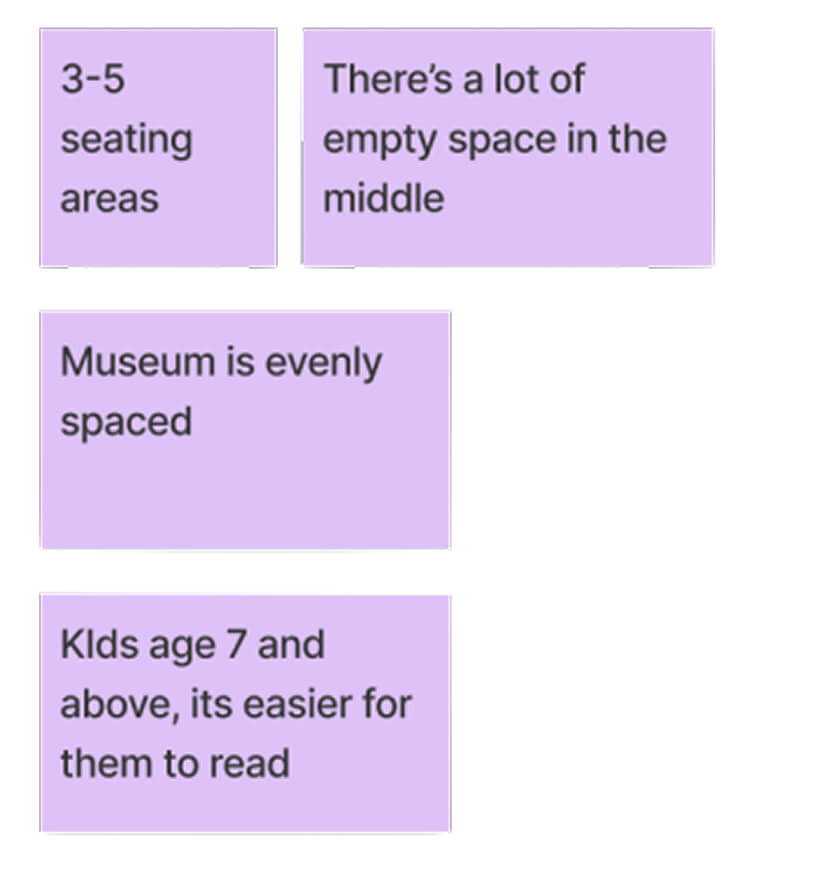
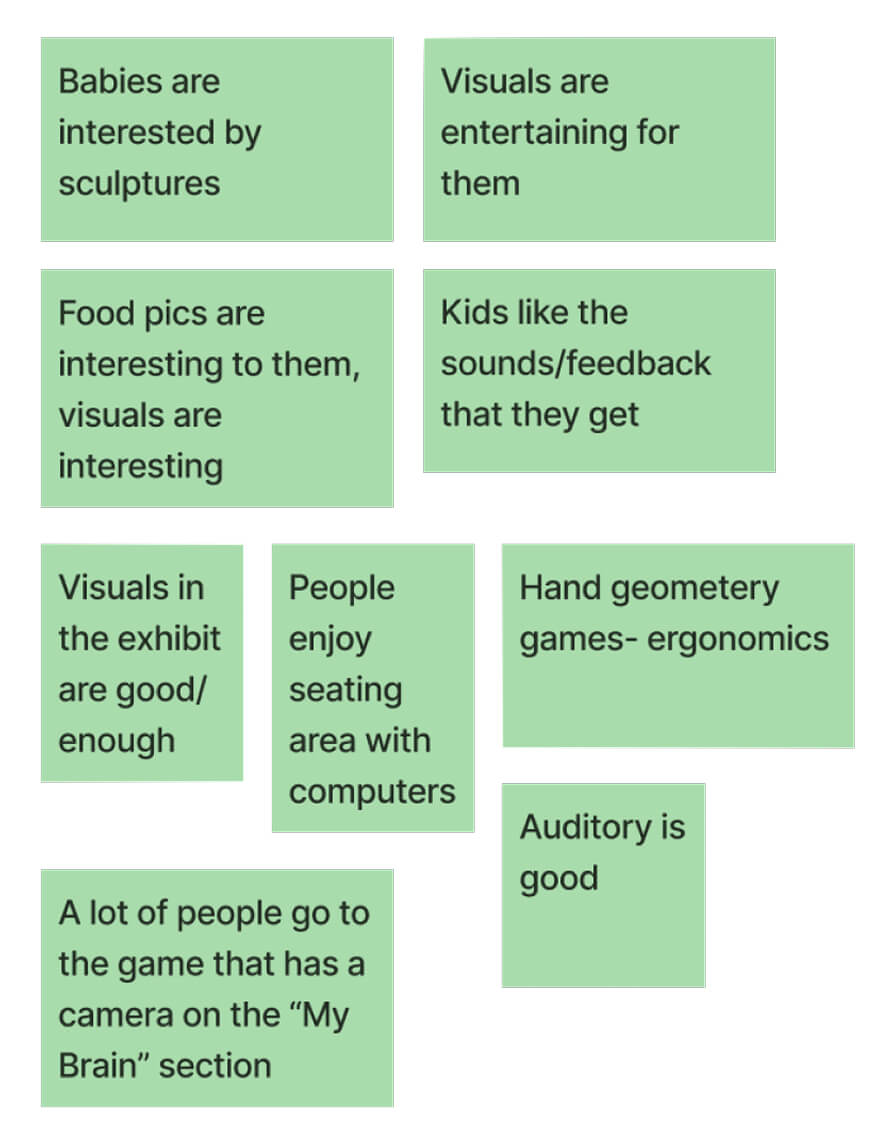
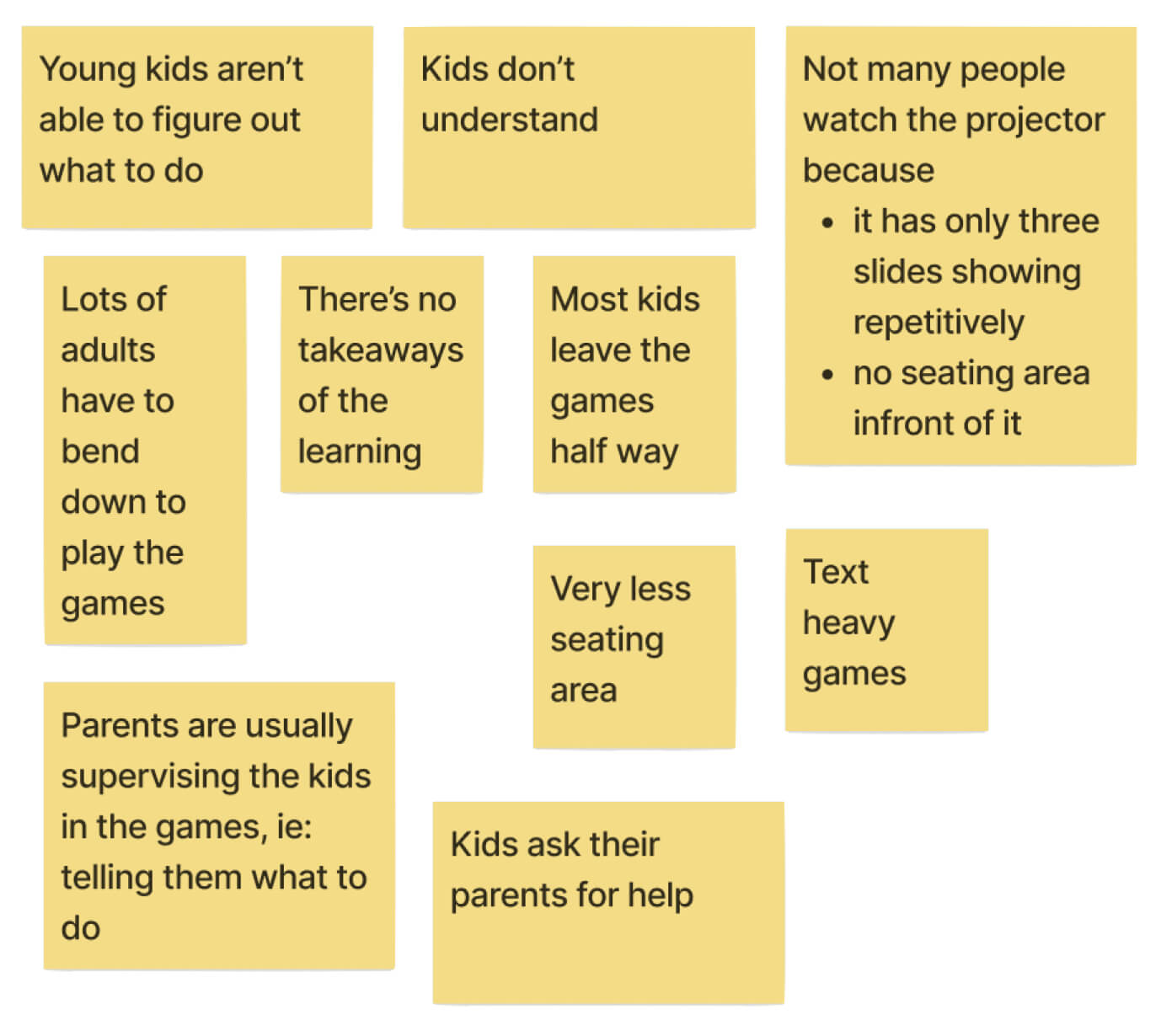
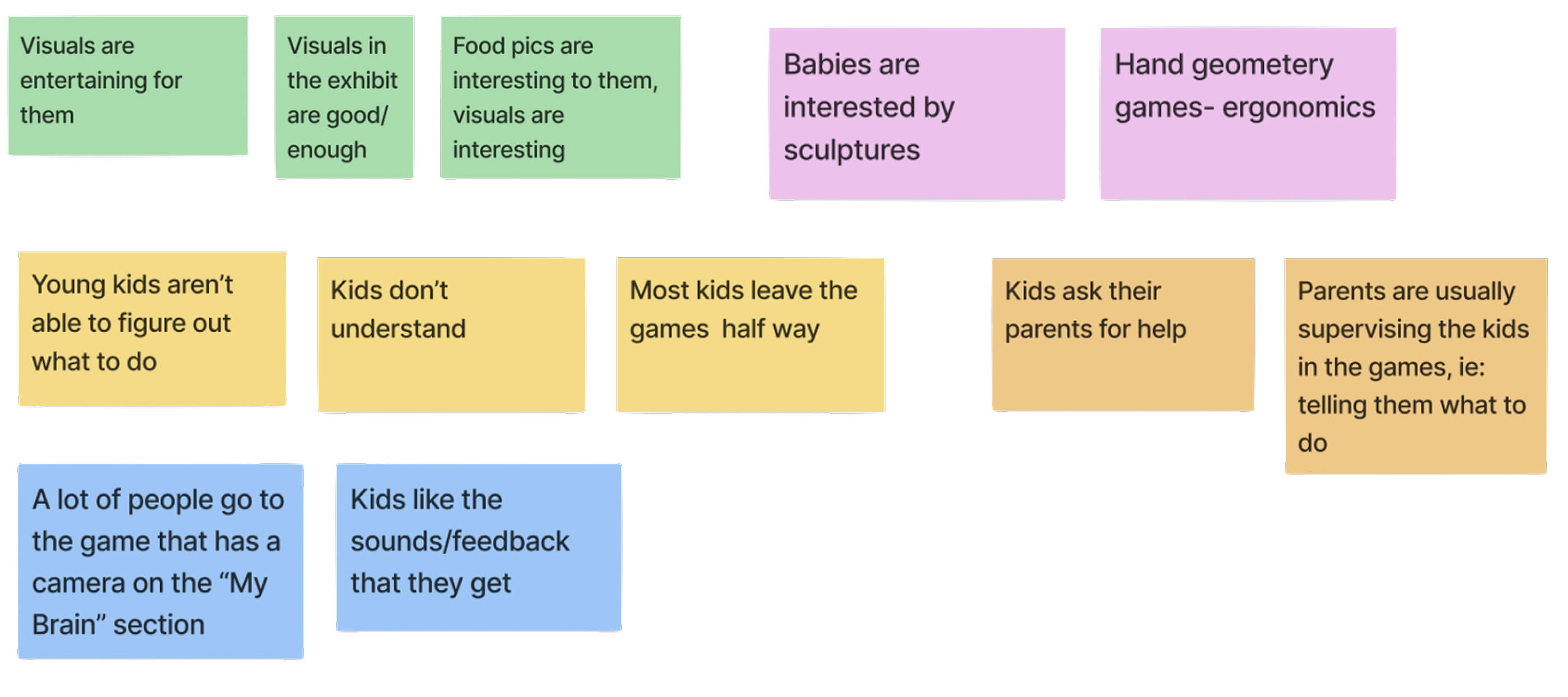
To dig deeper, I created trajectory and sensory maps to analyse the space and its interactions more effectively. I observed three groups of visitors, mapping their routes to create the trajectory map.
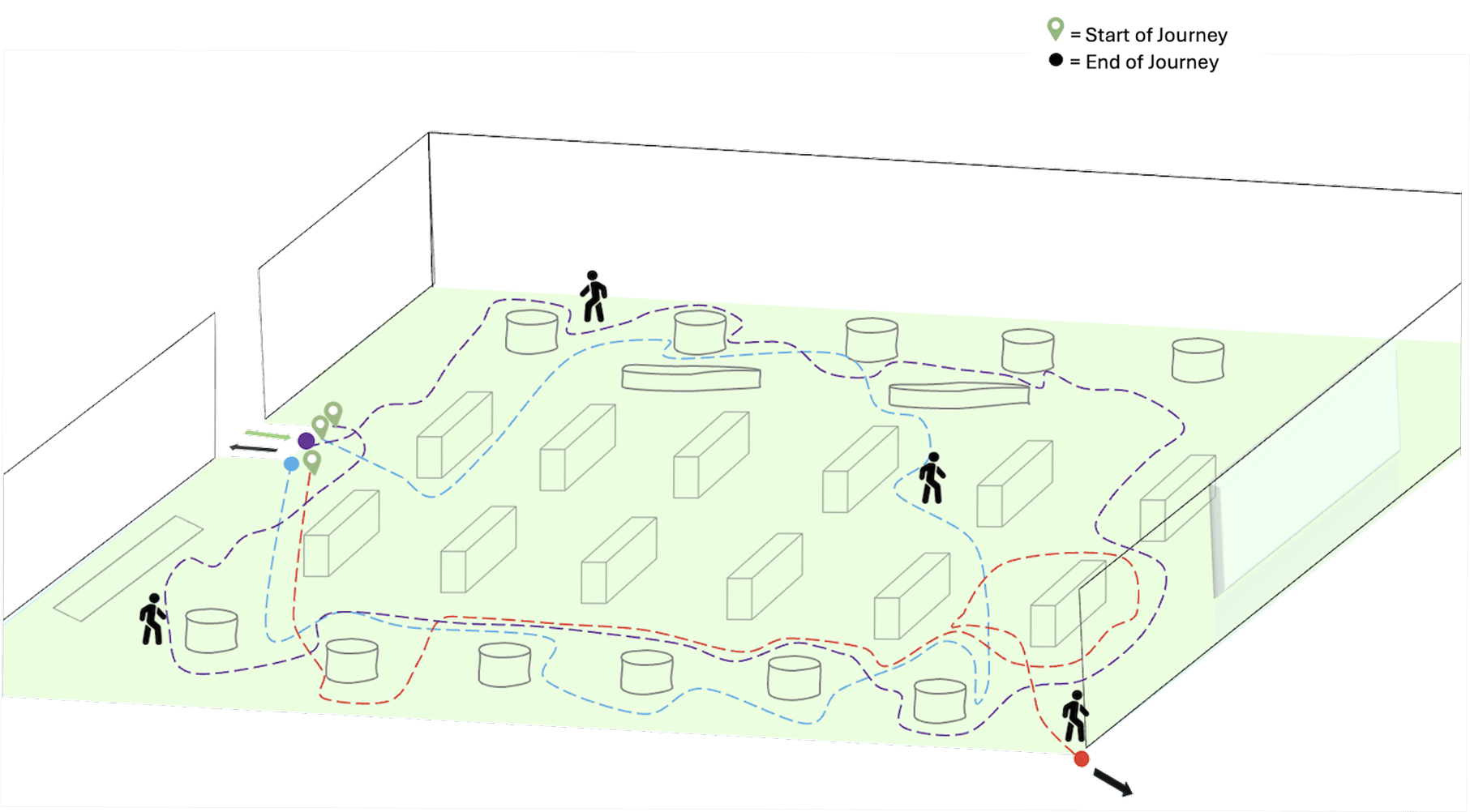
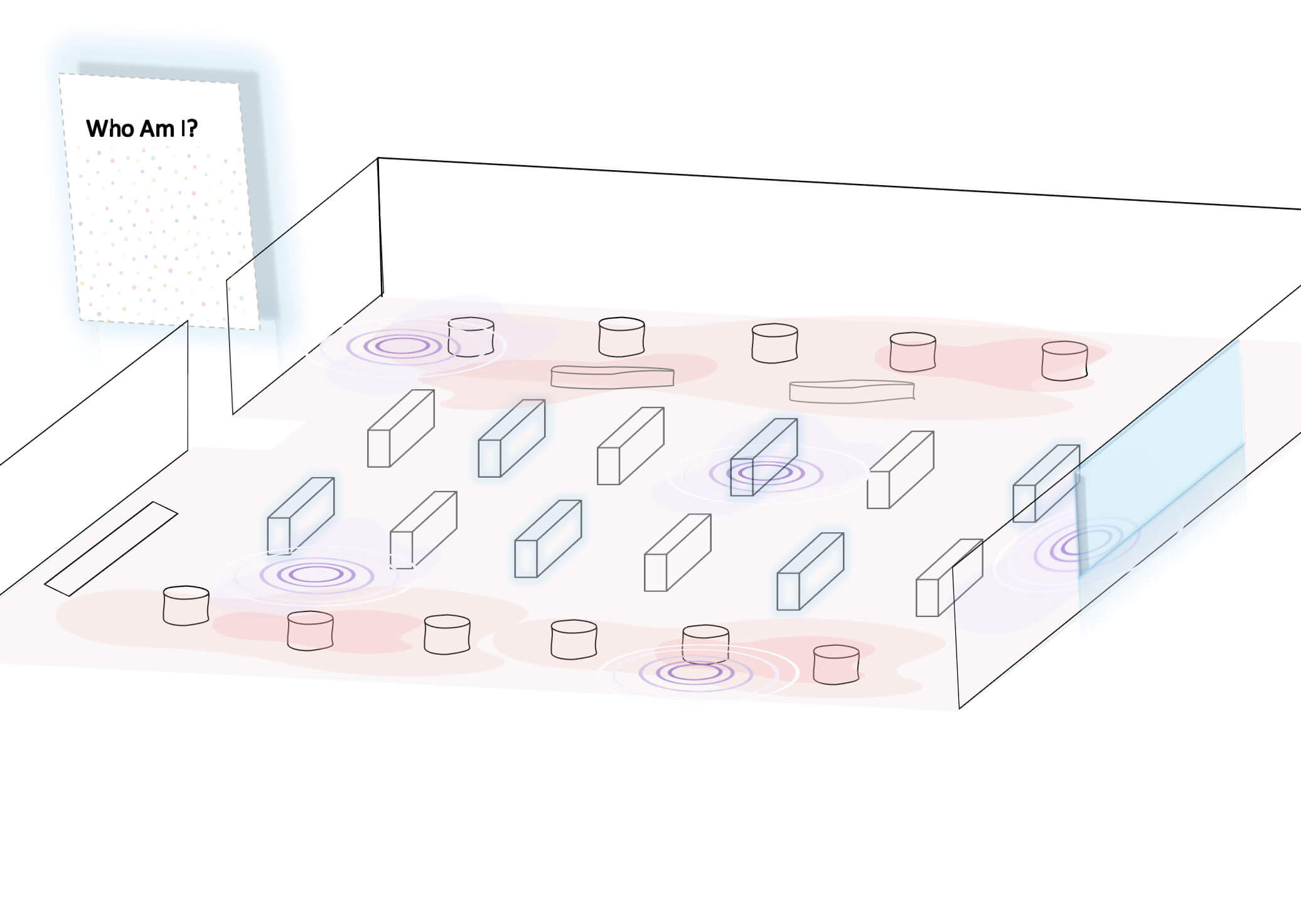

After my user research, I came down to 2 pain points and 1 guiding question.

Using a QR code sign up and facial recognition system to personalize the experience of users. Using user data (eg: age) to tailor games and activities to different skill levels. It tracks progress, offers a personalised greeting, and provides a summary of key takeaways at the end for an enhanced learning experience.
I thought the exhibit lacked key takeaways as a tool to facilitate and reinforce learning for kids in their museum. Personalisation is an essential element that enhances user experience and engagement. I considered integrating personalisation with key takeaways to improve the exhibit.
But, before diving into this, I first analysed existing products in the market that use personalisation, comparing their approaches.
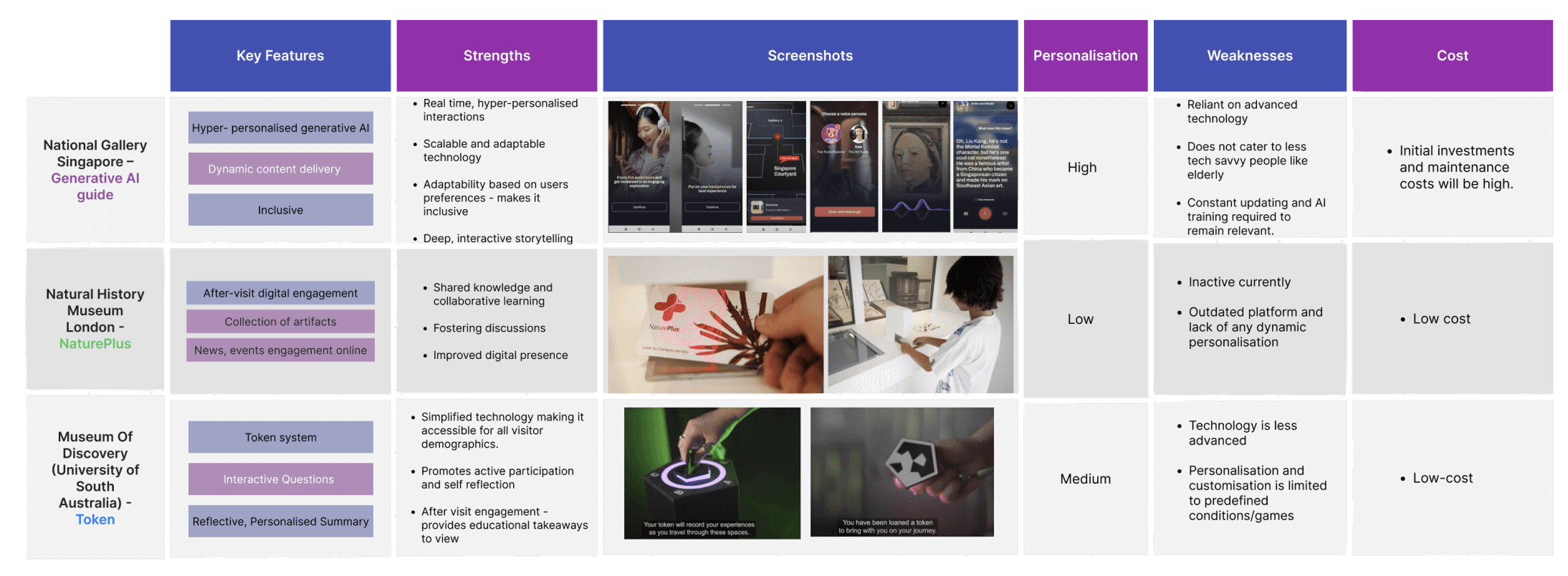
Brainstorming all the aspects of my potential idea!
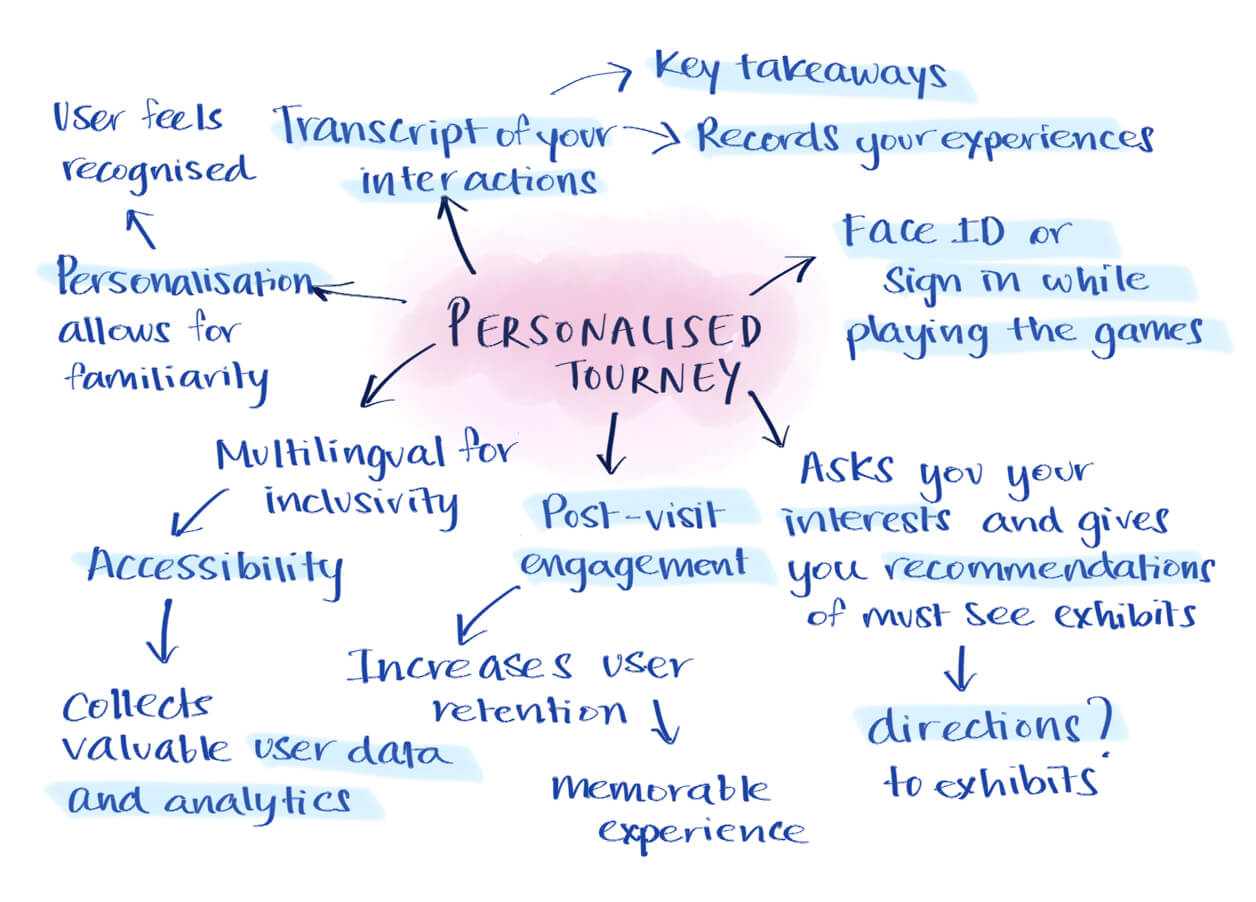
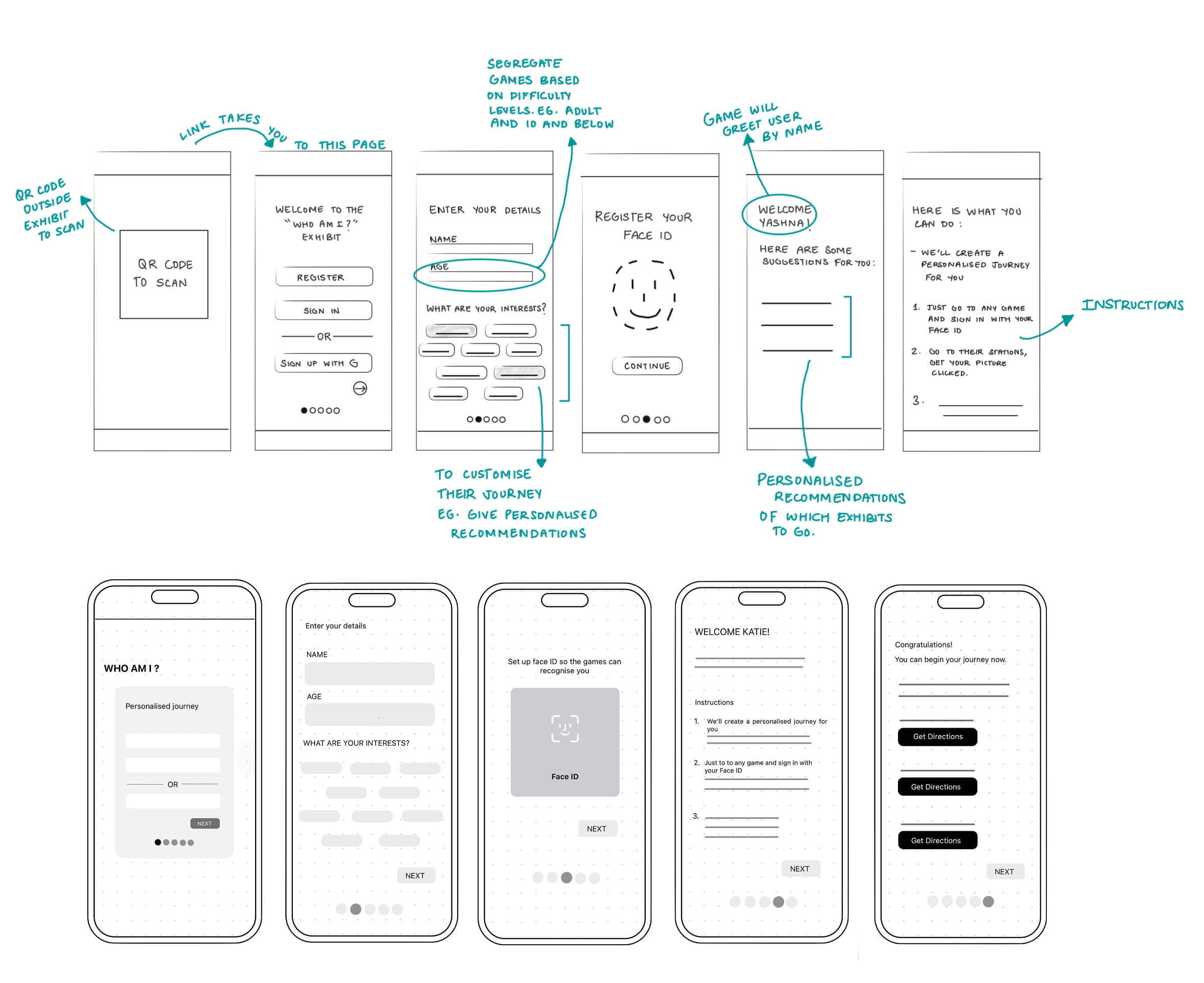
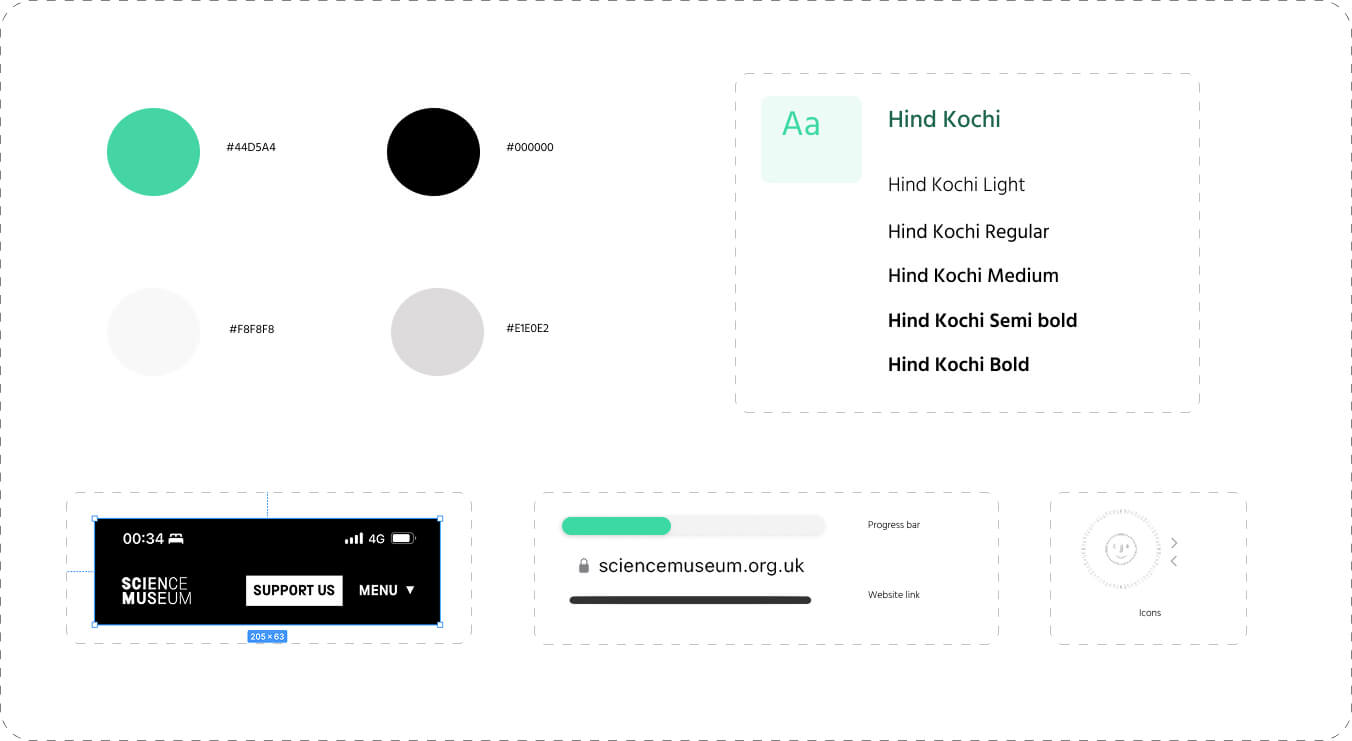
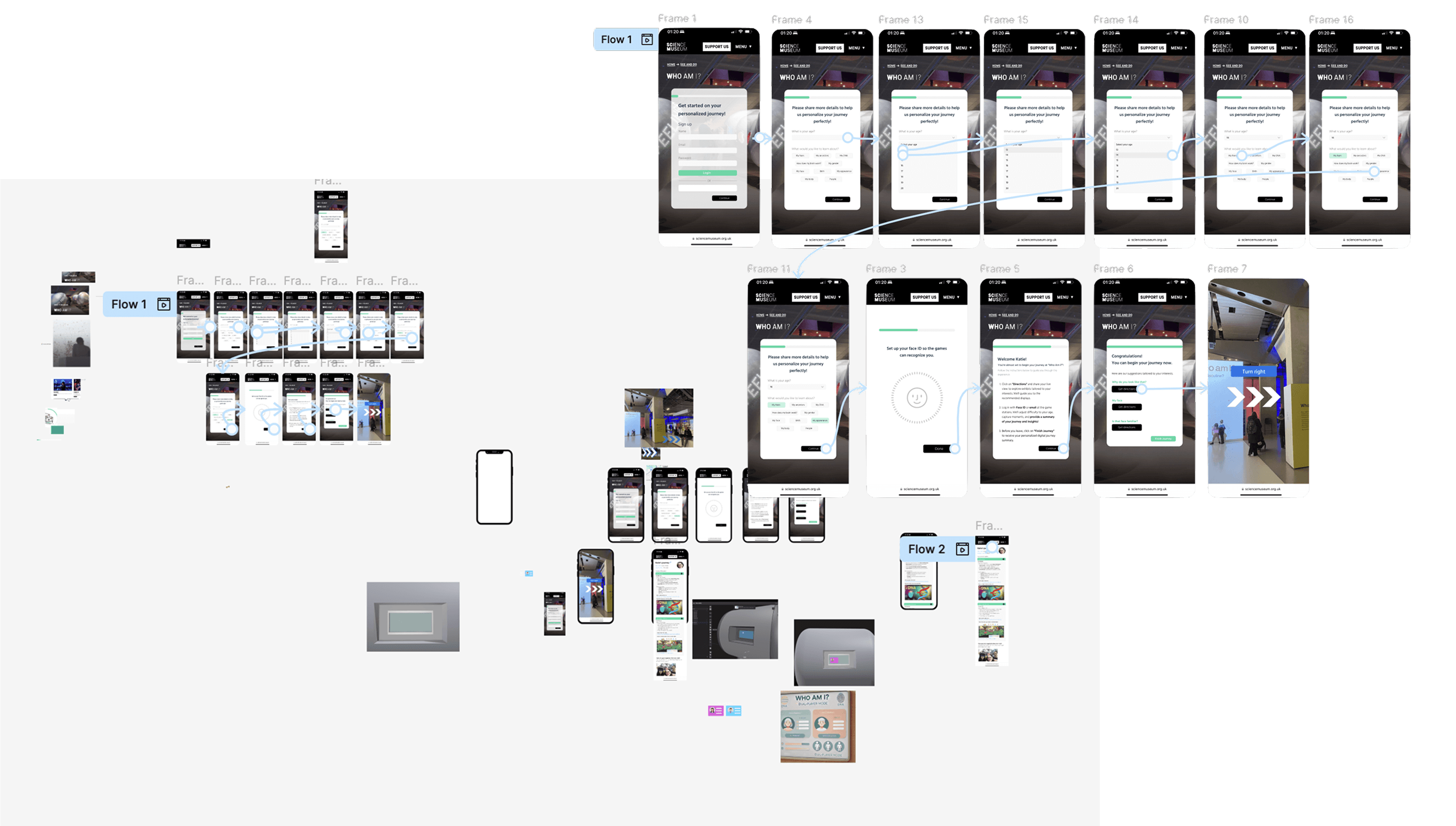



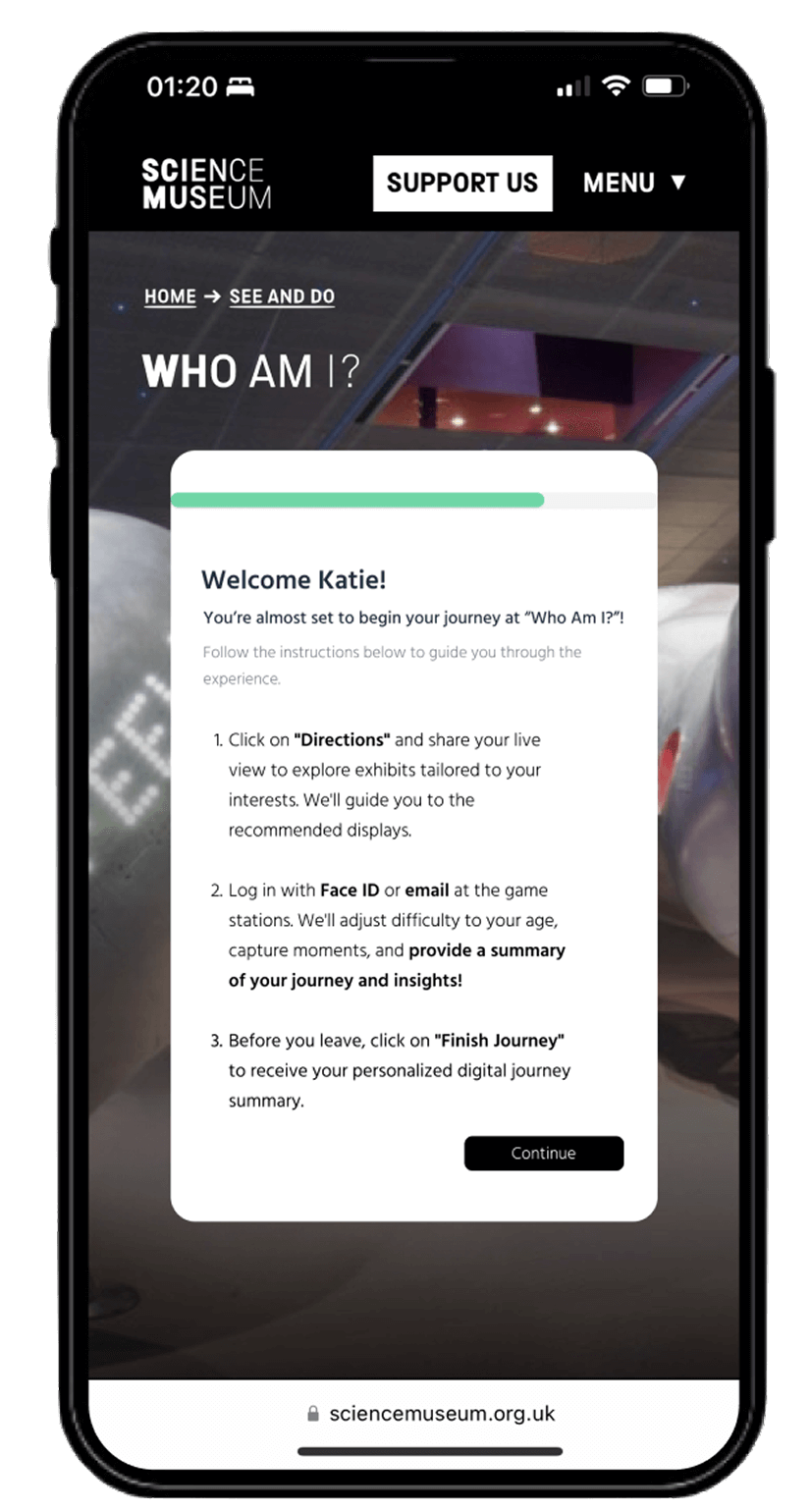
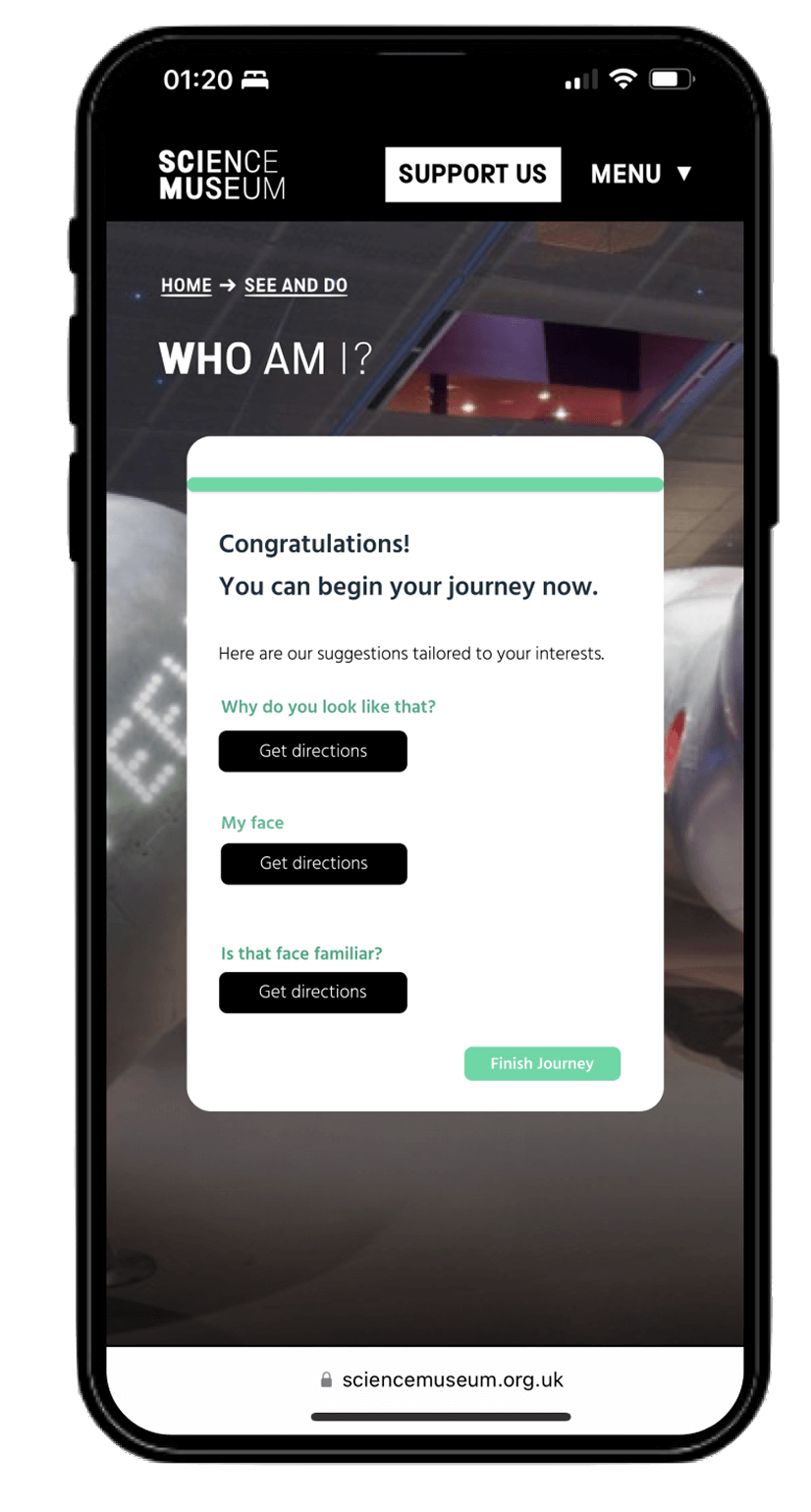
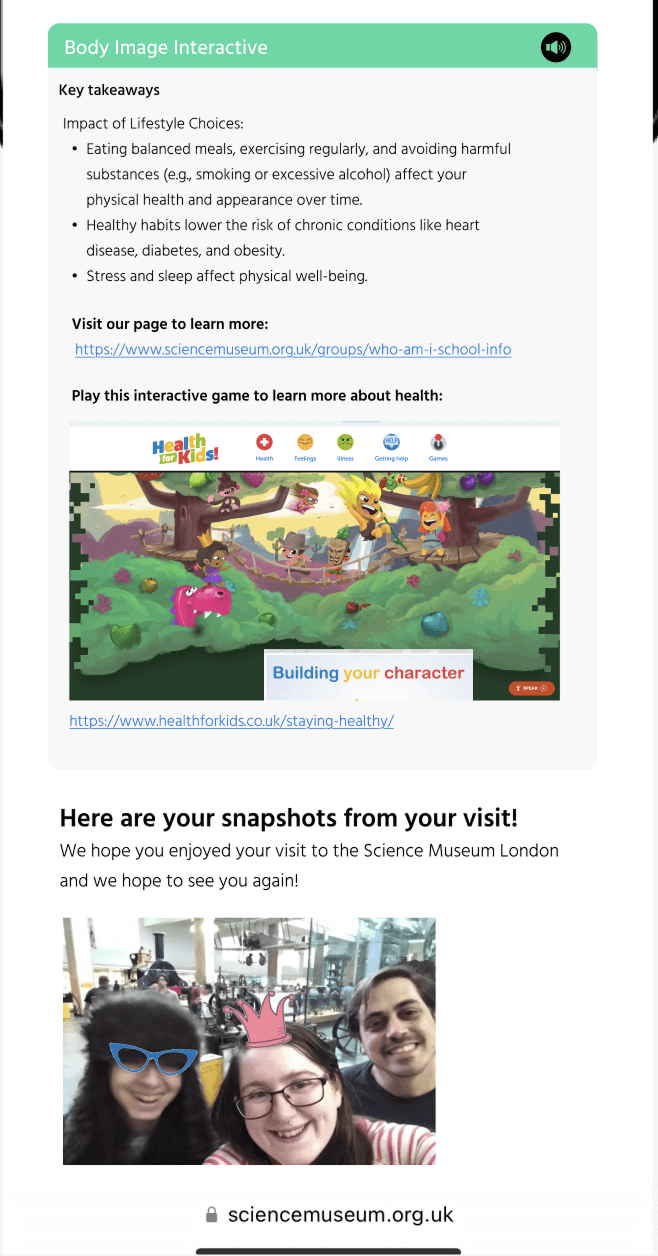
Adjustable game screens adapt height, angle, and orientation to enhance accessibility, optimize comfort, and provide an ergonomic, immersive experience for all users.
